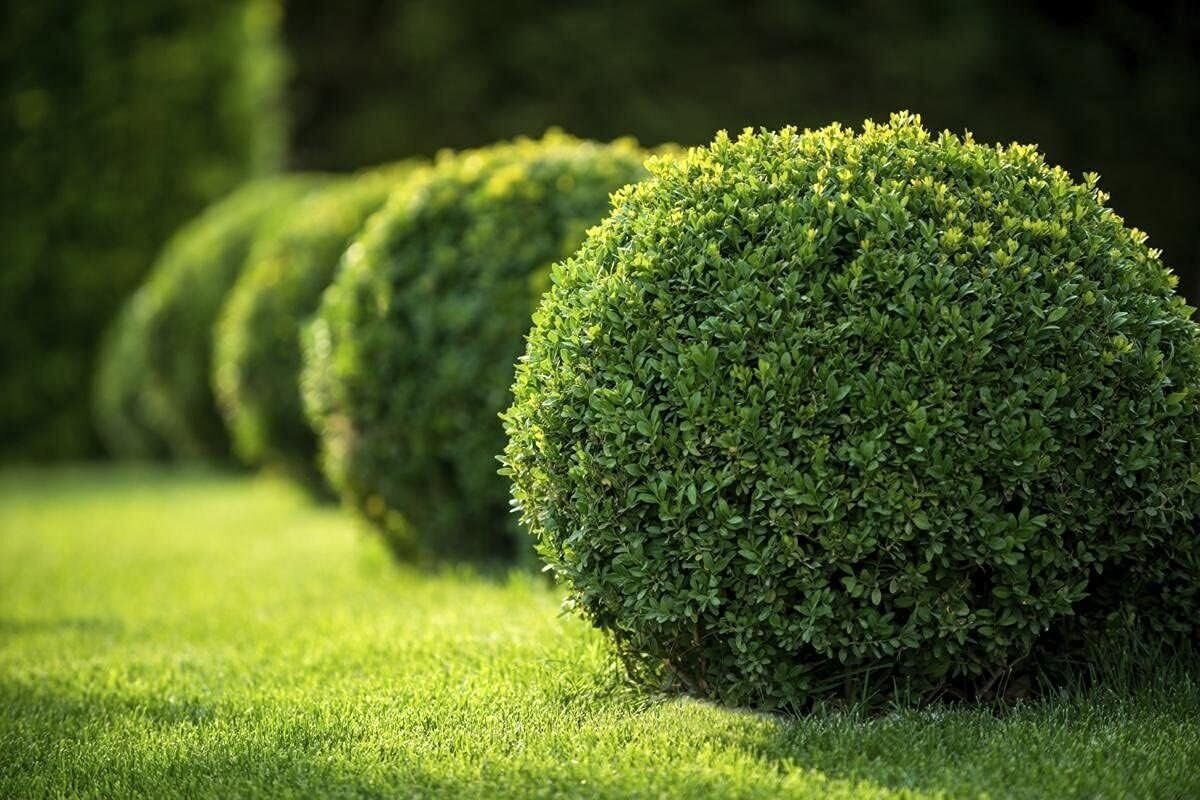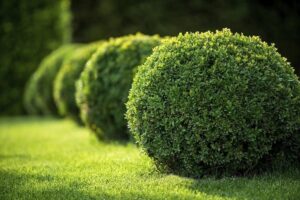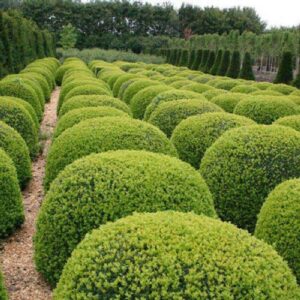Click to call us: 857-504-5117
contact@greenpulselandscaping.com
Click to call us: 857-504-5117
contact@greenpulselandscaping.com


Buxus Microphylla: Exploring the Beauty and Versatility of Japanese Boxwood
In the realm of horticulture and landscaping, few plants hold the same level of admiration and reverence as Buxus microphylla, commonly known as Japanese boxwood. With its compact form, dense foliage, and versatile nature, this evergreen shrub has captivated gardeners, designers, and enthusiasts around the world. Let’s delve into the world of Buxus microphylla, exploring its characteristics, cultivation, and enduring appeal.

Characteristics of Buxus Microphylla
Buxus microphylla is a species of boxwood native to East Asia, particularly Japan, Korea, and Taiwan. It is renowned for its small, glossy leaves, which adorn its dense, bushy growth habit. The foliage ranges in color from deep green to vibrant shades of lime, offering year-round interest and beauty to the landscape.
One of the defining features of Buxus microphylla is its versatility. This adaptable shrub thrives in a variety of growing conditions, from full sun to partial shade, and can tolerate a wide range of soil types. Its ability to withstand pruning and shaping makes it an ideal choice for formal hedges, topiary, borders, and container gardening.
Cultivation and Care
Cultivating Buxus microphylla requires attention to a few key factors to ensure optimal growth and health. When planting, it’s important to choose a well-drained location with adequate sunlight or partial shade. While Japanese boxwood can tolerate different soil types, it prefers moist, fertile soil with good organic content.
Regular watering is essential, especially during periods of drought or hot weather, to keep the soil consistently moist. Mulching around the base of the plant helps retain moisture and suppresses weed growth. Additionally, fertilizing with a balanced, slow-release fertilizer in spring can promote healthy growth and lush foliage.
Pruning is an integral part of Buxus microphylla maintenance, helping to maintain its desired shape, density, and size. This species responds well to pruning and shaping, allowing gardeners to create formal hedges, geometric designs, or intricate topiary sculptures. Pruning should be done in late spring or early summer, avoiding times of extreme heat or frost.

Enduring Appeal
The enduring appeal of Buxus microphylla lies in its timeless beauty, versatility, and reliability in the landscape. Whether used as a low hedge to define garden borders, as a focal point in a formal garden, or as a potted specimen on a patio or balcony, Japanese boxwood adds elegance and structure to any setting.
Beyond its ornamental value, Buxus microphylla also serves practical purposes in the garden, providing year-round privacy, shelter for wildlife, and a resilient backdrop for other plants. Its evergreen foliage retains its color and texture throughout the seasons, offering visual interest even in the depths of winter.
In addition to its aesthetic qualities, Buxus microphylla has cultural significance, with a rich history of use in traditional Japanese gardens and landscapes. Its enduring popularity among gardeners and landscapers worldwide speaks to its timeless appeal and enduring charm.

Conclusion
Buxus microphylla, the Japanese boxwood, stands as a testament to the enduring beauty and versatility of ornamental shrubs. With its glossy foliage, compact form, and adaptability to various growing conditions, it has earned its place as a cherished plant in gardens, parks, and landscapes around the world. Whether sculpted into formal shapes or left to grow freely, Japanese boxwood continues to enchant and inspire gardeners and enthusiasts with its timeless elegance.